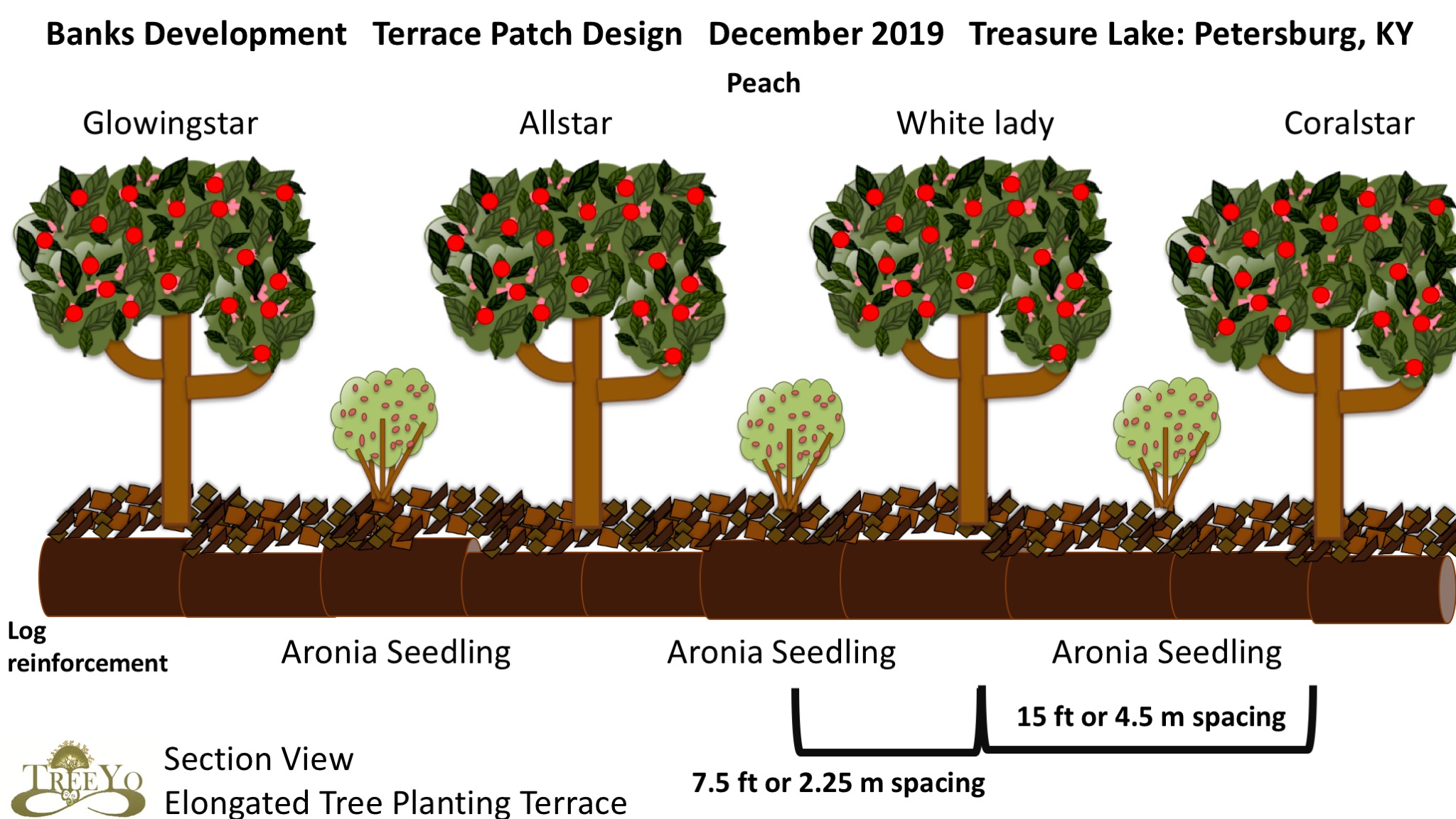I just wanted to connect with others in the area of Northern Kentucky, Southeast Indiana, and Southwest Ohio. Sorry admins we don't fit into Appalachia, southern, or Midwest here

. Let me describe my operation as to begin conversation and networking possibilities.
It's a scaled up homestead with micro enterprises that sell on farm and venture outward.
We raise goats for meat and for breeding a homestead hybrid.
We raise sheep for meat and for breeding a homestead hybrid.
We make compost with wastes, bulk for our gardens and vermicompost on scale.
We raise free range chickens for eggs and do meat birds, freedom ranger chickens.
We breed mini aussies as livestock guardians who love to sit on the couch and eat raw meat but also chicken feed.
We have an orchard garden, nearly 2 acre food forest/ alley cropping space for food production and nursery stock. Also serves as research center for what varieties grow best in this bioregion.
We have an Edible nursery from this field and do online and local sales.
We do nonnative plant management on farm and off with our goats.
We tap maple trees for syrup making each winter.
We run an educational center that offers classes and events.
We run an edible landscaping company through this property as we grow plants, produce compost, test installs, and our HQ is here.
The property is 60 acres near the Ohio River with a 12 acre lake.
The property has 3 main buildings as well as plenty of farm buildings. The buildings are the educational center and HQ, my cabin and a really nice tiny house sitting empty.
We do general ecological stewardship with a focus on savannah conversion of forest and developing lawn into pasture, gardens, and silvopasture.
There are other homesteaders and laborers around that we build community with.
I have 20 years of experience managing ecological systems. My first PDC was in 2005. I have taught permaculture globally for many years but decided to give that up for homesteading.
I am wanting to connect again with the larger world through this bioregional eco garden center and regenerative education outlet.
www.treeyopermaculture.com
Thanks for reading, I look forward to connecting


 . Let me describe my operation as to begin conversation and networking possibilities.
. Let me describe my operation as to begin conversation and networking possibilities.













